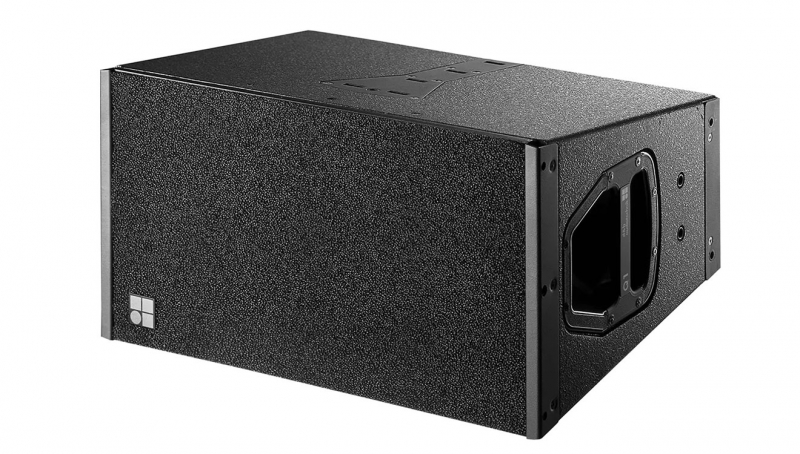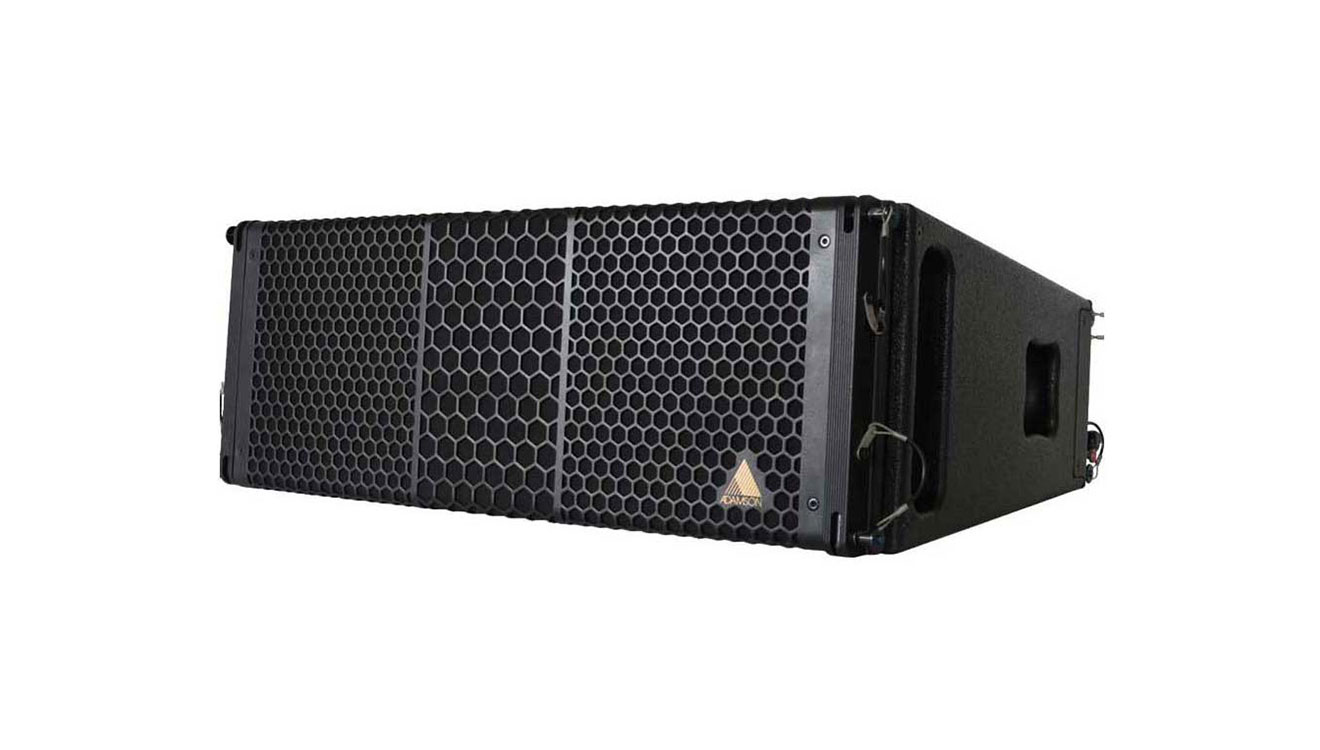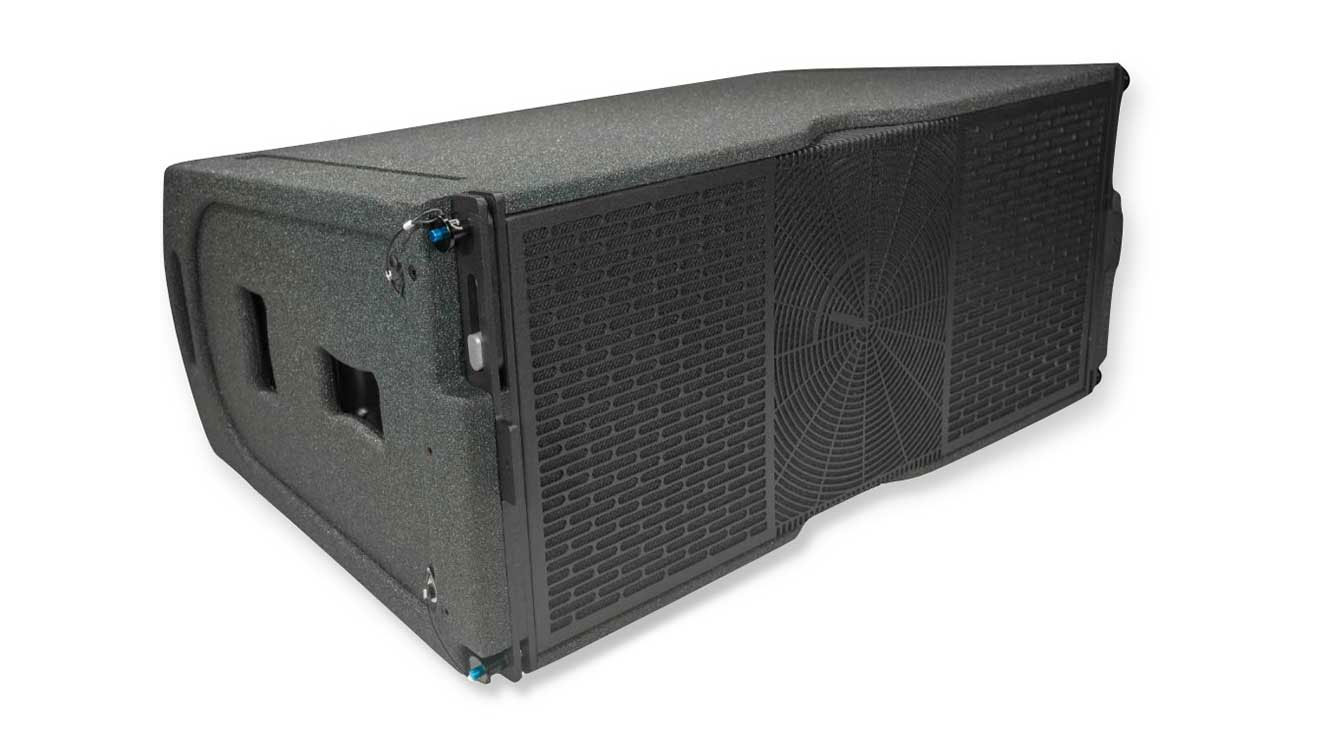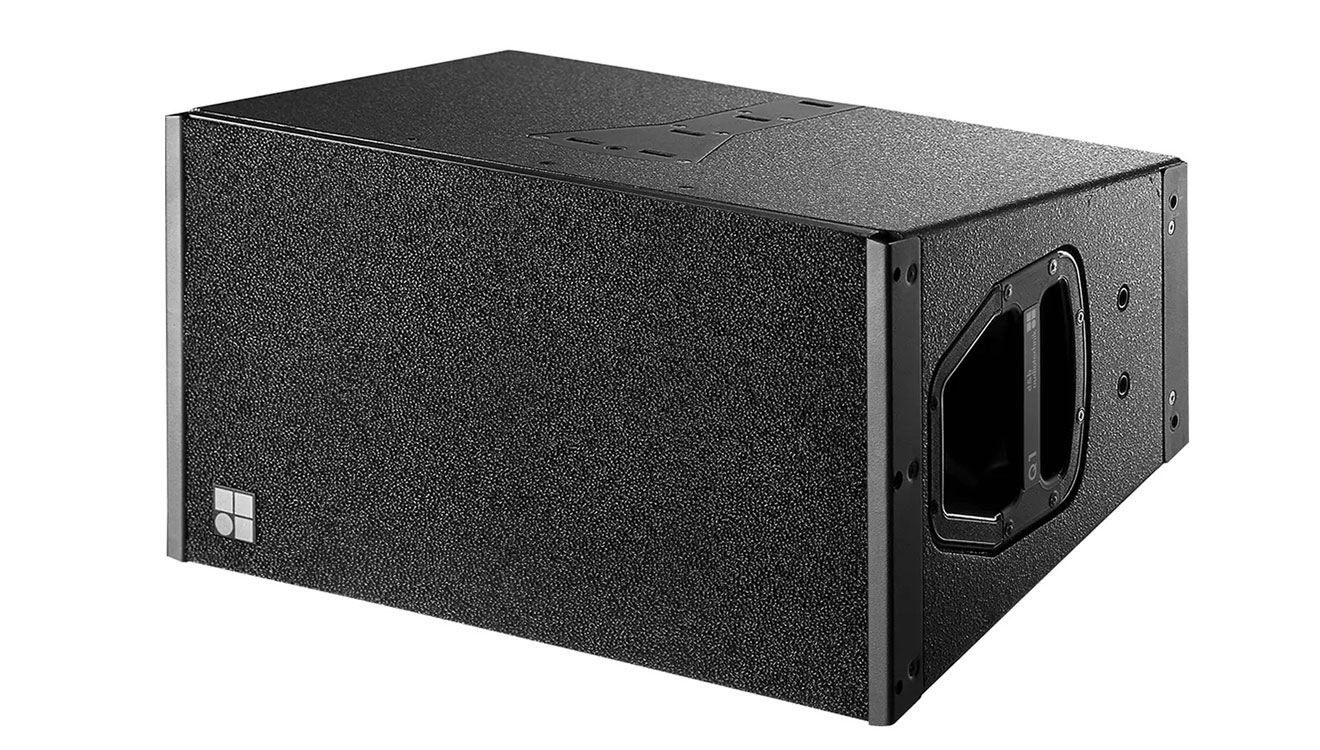Used powered subwoofer
23 June 2023

|
Are you tired of lackluster bass in your audio system? Do you dream of feeling the rumble of deep, resonating bass notes that transport you into the heart of the music? Look no further – we have the solution for you. In this comprehensive guide, we will unveil the secrets to unleashing the power of bass through the world of used powered subwoofers. Whether you're a music enthusiast, a home theater aficionado, or a professional DJ, finding the perfect subwoofer can make all the difference in your audio experience. Benefits of using a powered subwoofer A powered subwoofer is a game-changer when it comes to enhancing your audio system. Unlike passive subwoofers, powered subwoofers have a built-in amplifier, which means they can produce deeper bass with greater precision. Here are some key benefits of using a powered subwoofer:
When searching for a used powered subwoofer, it's important to understand the different types available in the market. Each type has its own unique characteristics and is suited for different applications. Here are the three main types of subwoofers you'll come across:
|
 |
|
Factors to consider when buying a used powered subwoofer Now that you have an understanding of the types of subwoofers available, it's important to consider certain factors when buying a used powered subwoofer. These factors will help you make an informed decision and ensure that you find the perfect subwoofer for your needs. Here are some key factors to consider:
When buying a used powered subwoofer, it's crucial to ask the right questions to gather as much information as possible about its history and performance. Here are some important questions to ask the seller:
|
 |
|
Inspecting and testing a used powered subwoofer Inspecting and testing a used powered subwoofer is vital to ensure its functionality and performance. Here are some steps to follow when inspecting and testing a used powered subwoofer:
Once you've found the perfect used powered subwoofer, it's time to set it up and optimize its performance. Follow these steps to ensure you get the most out of your subwoofer:
To ensure the longevity and optimal performance of your used powered subwoofer, it's important to provide proper maintenance and care. Here are some tips to keep your subwoofer in top shape:
You are now equipped with the knowledge and insights to find the perfect used powered subwoofer that will elevate your audio experience to new heights. By understanding the benefits of using a powered subwoofer, the different types available, and the factors to consider when buying a used unit, you can make an informed decision. Asking the right questions, inspecting and testing the subwoofer, and optimizing its setup will ensure you get the best performance. With proper maintenance and care, your used powered subwoofer will provide you with deep, impactful bass for years to come. So go ahead, unleash the power of bass, and immerse yourself in a captivating audio journey! |
 |
